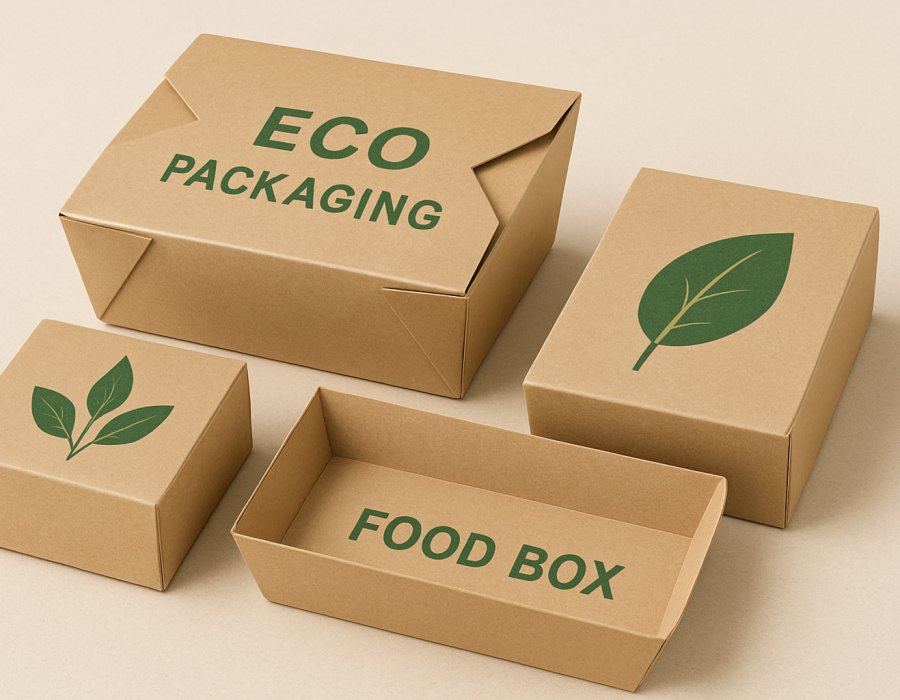In recent years, the demand for eco-friendly food packaging has grown rapidly. While the main motivation has been reducing environmental waste, eco-friendly food boxes also bring several health benefits. The materials used in traditional packaging, such as plastic, Styrofoam, and chemical-coated boxes, can affect not only the planet but also human health. Switching to eco-friendly alternatives is, therefore, a smarter and safer choice.
1. Avoiding Harmful Chemicals
Conventional food packaging often contains chemicals like BPA (Bisphenol A), phthalates, or petroleum-based coatings. These substances can leach into food, especially when exposed to heat or oily dishes, and may contribute to hormonal imbalances, digestive issues, and other long-term health problems. Eco-friendly food boxes, made from natural fibers, plant-based polymers, or unbleached cardboard, eliminate the risk of harmful chemical transfer.
2. Safer for Hot and Fresh Food
Plastic containers can release toxins when used for hot meals. Styrofoam, in particular, releases styrene, a possible carcinogen, when it comes in contact with hot food or beverages. Eco-friendly boxes, usually made from sugarcane bagasse, bamboo, or kraft paper, are heat-resistant and safe for storing warm meals without altering the taste or safety of food.
3. Hygienic and Breathable Packaging
Many eco-friendly food boxes are designed to be breathable while still keeping food fresh. This reduces the chance of bacterial growth and preserves the natural flavor of meals. Unlike sealed plastics that trap moisture and can lead to sogginess and microbial growth, biodegradable boxes maintain better hygiene.
4. Allergy-Free and Non-Toxic
Eco-friendly packaging is typically free from synthetic dyes, bleach, and toxins. This makes it especially safe for people with sensitive systems, children, and those prone to allergies. Using natural, chemical-free packaging ensures that the food remains pure and safe for consumption.
5. Encouraging Healthy Eating Habits
Choosing eco-friendly food packaging also nurtures a mindset of sustainability and health. When people are conscious about the way their food is packed, they often make better food choices too—such as preferring fresh, organic, and minimally processed meals.
6. Indirect Health Benefits
While the direct health advantages are clear, there are also indirect benefits. By reducing plastic waste and supporting biodegradable alternatives, eco-friendly packaging helps lower pollution. This results in cleaner air, water, and soil—leading to healthier living environments for everyone.
Final Thoughts
Eco friendly food boxes are not just about protecting the environment—they play an essential role in protecting our health too. By eliminating harmful chemicals, keeping food safer, and supporting a cleaner ecosystem, these boxes offer a healthier alternative for both individuals and communities. As more restaurants, cafes, and households adopt sustainable packaging, the move toward eco-friendly solutions is proving to be a win-win for our health and the planet.





Comments